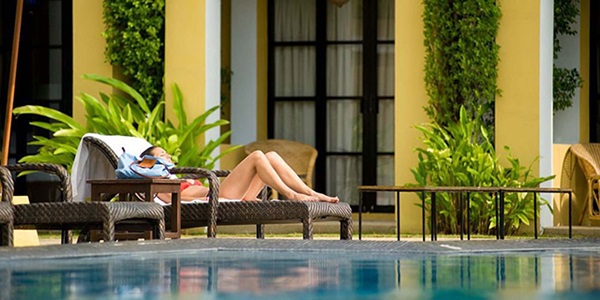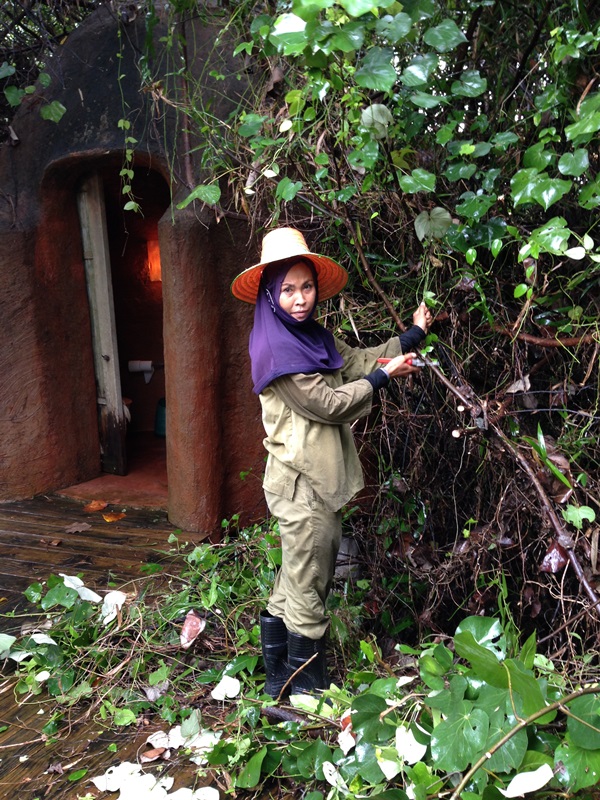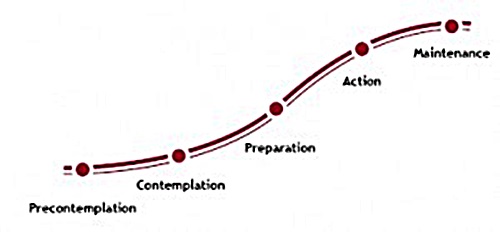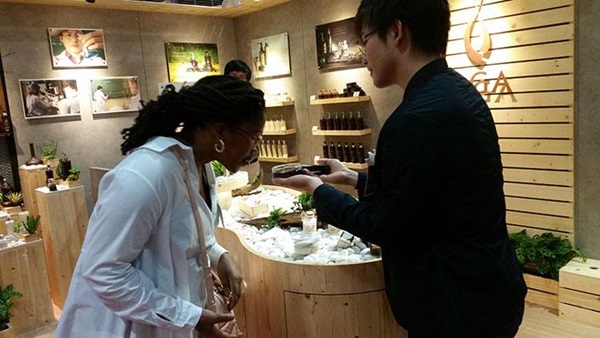
I just finished reading the Day Spa Association Retail Sales Snapshot Report – 4th Quarter 2015! Read More


I just finished reading the Day Spa Association Retail Sales Snapshot Report – 4th Quarter 2015! Read More

Article written by Norm Bond, Digital Marketing Manager for Moontide Consultants.
Digital technology is increasingly disrupting industries outside of the tech world.
Part of the reason why is that there has been a fundamental change in how people communicate. Attention spans are shorter. Mobile devices are abundant. And yet people still want the personal touch. They will reward brands and companies that make them feel special. Read More

As a spa retail trainer I recognize that at some point in our lives, most of us have to sell something. Maybe it’s selling your friends on taking that well earned girls trip to Miami or Bangkok. Read More

This week the beauty world took notice as fashion icon Gwyneth Paltrow announced her new spa-quality organic skin care line. Read More

Is this the unspoken message delivered by many companies with products or services to offer?
I ask because although these companies employ both introverts and extroverts, the sales training that they deliver is invariably designed for the strengths of one personality type only; extrovert. Read More
This Samsung video perfectly illustrates the feelings that we should strive to evoke in our spa guests everyday.
It took one month of preparation, sign language training for dozens of people, countless hidden cameras and one awesome vision to help this guy feel connected to people around him. Read More

Most people don’t like change. Almost no one changes just for change sake. There has to be a strong motivation behind it. The fact is, many luxury groups have such a steady stream of new customers that they aren’t yet feeling the impact of their reluctance to change. Read More

I think that for most of us, (especially introverts) it takes a moment for any type of spa training to sink in. We need to mull it over and process it. Any questions that we have may not even formulate until we apply the process; do some hands on. But by then the trainer or consultant is long gone. Read More

For the past several years there has been an ongoing conversation about the difficulty of getting spa therapists to sell retail products. Most spa experts agree its important.. I gathered feedback from three industry insiders who shared their thoughts in recent publications.
Why does the word “selling” get such a negative response?
Nina Curtis, Founder and President of the Nile Institute weighed in this way. “Mainly because no one really wants to talk about it in the spa world where we believe it is only our position to make people feel good, well at least when it comes from the therapist’s mouth.”
Ouch. I totally agree and I’ve been saying similar things. It’s really critical. Remember when I said I taught myself to sell on the job? Seems Nina had the same experience. She says..
“I had this thought at one time as a therapist but only because during my basic cosmetology training no one presented sales as a part of my soon to be career. The same was true of my massage training. Nowhere during my training did any of my instructors present the importance of product selling in one of their lessons.”
Everyone in the company has a role to play in successful retailing and increasing revenue.
Industry veteran Lisa Starr knows this better than most. According to her, “Spas know that retailing is an important component of revenue generation, and yet many still struggle to reach hoped-for results. Who’s responsible for driving retail sales in your spa? Management? Therapists? Support Staff? Product Companies? It’s actually all of the above.
As with many initiatives, effective retailing starts at the top. The most impactful action management can take is to be purposeful in hiring and training staff who can create rapport with guests, and in creating compensation and advancement plans for therapists which include retailing benchmarks as part of the career path.
Without a doubt, therapists play the biggest role in retailing to spa guests. As the uniformed experts, their artfully presented home care suggestions, in tandem with their one-on-one interaction with the guest, will be the biggest driver of sales activity. Making home care recommendations MUST be part of every treatment on the spa menu.”
Lisa Starr– Spa Consultant, Management Educator, and Journalist
In Designed to Sell: Integrating Retail into Your New Spa Peggy Wynn Borgman talks about the importance of adding home care presentations to client workflow. She writes, “Our consultancy conducted a survey of spa shoppers that showed 93% of the spa client’s decision to buy home care was based on the recommendation of their spa technician or therapist.”
In the absence of recommendation, guests will buy familiar brands, sometimes refilling a product they’ve purchased in the past. This has led many spas to conclude that brands, not employees, are the most powerful source of sales. This simply isn’t true.
Massage therapists who post 10% of their total revenue in retail are top performers. Nail technicians and hair stylists who attain 15% retail ratio are stars. For estheticians, this number rises to 35-40% in the Stay Spa setting. But none of these employees have a chance to attain such numbers if they can’t easily make home care presentations to their clients as part of normal workflow. Most Stay Spas unwittingly make retail sales a challenge for even the most motivated employee.”
As you can see retail selling is spa has broad impact. But I feel it’s time for more spas to move beyond conversation and begin implementing. There is a culture shift that needs to happen. And if you’re not aware that this change is underway your spa is out of touch.
In my own experience, therapists who make on-point product recommendations raise the level of customer experience dramatically. This is why I focus on introverts and helping them use their natural listening skills. It shows that they are listening closely. It proves that they care enough about their guest to try and improve their well-being. This will keep your customers coming back.
So how do you do feel about spa retail training?

In bench-marking studies from the past year, the average retail revenues at Five-Star hotel spas ranged from 3% to 10%. It’s a shame because with retail profit margins higher than services, they have the potential to represent 20-35% of the overall revenue earnings.
Some exceptional examples in the industry like The Spa at Hershey and Gianni Versace’s spa actually have signature retail lines which provide a whopping 45% of their profit.
But both have a system of selling that is consistent and effectively in place.
At too many spas, there is inattention to the impact of everyday processes. Employees perform with comfortable repetition without examining the effects or implications of their actions to the larger picture.
Here are three of the most common mistakes resulting in millions of dollars in loss of potential revenue for international hotel brands.
1. Non-existent Retail Process
In various parts of the world, spa intake forms that customers painstakingly fill out are required only for government compliance.
Shockingly, they are not used to initiate guest conversation because the therapists are unable to speak the customer’s language. So the form is simply ignored.
And in its stead, no process is put in place to ensure smooth communication between the therapist and guest. No mechanism or liaison is provided which guarantees that the appropriate treatment and product recommendations are given.
Guests are allowed to leave the spa without closure aside from paying their bill. Discussions about follow up treatments or home care never take place. This often results in feelings of disappointment. Of having paid a premium price for an experience that was nothing special and therefore unnecessary to repeat.
2. Non-selling Massage Staff
How many of your massage therapists sell retail products? With the exception of cruise ships, many upscale spas give massage therapists a pass on product recommendations. In many cases products that are perfect accompaniments and home care solutions to massage treatments are sitting in plain view on the shelves but they’re never mentioned.
Product recommendation is an important component to personalizing a guest’s experience. It’s a powerful and effective way to differentiate your brand from the competition. It has also been proven to stimulate return visits and customer loyalty.
By allowing your massage team to by-pass this step, your spa is sending a message that your level of service is inconsistent according to the treatment selected, and that sub-standard service is OK.
3. Annual Therapist Training
Does your spa team receive product training once a year that substitutes for “customer training”? Are you satisfied with it because its “free”? Guess what; it really isn’t free. It’s costing you a lot.
Product knowledge can now be accessed by almost anyone if they have access to the internet. Your customers often come to the spa equipped with far more product knowledge than your therapists.
To be competitive in today’s spa market, therapists must bring a different more relevant set of customer information skill sets. This requires regular training, feedback and refreshers.
If you’re not showing them how to deliver the best customer experience through active listening, engagement, treatment and product personalization your organization is behind the times and losing ground on revenue and repeat business.
Have you made any changes to the way you’re doing business in 2016?